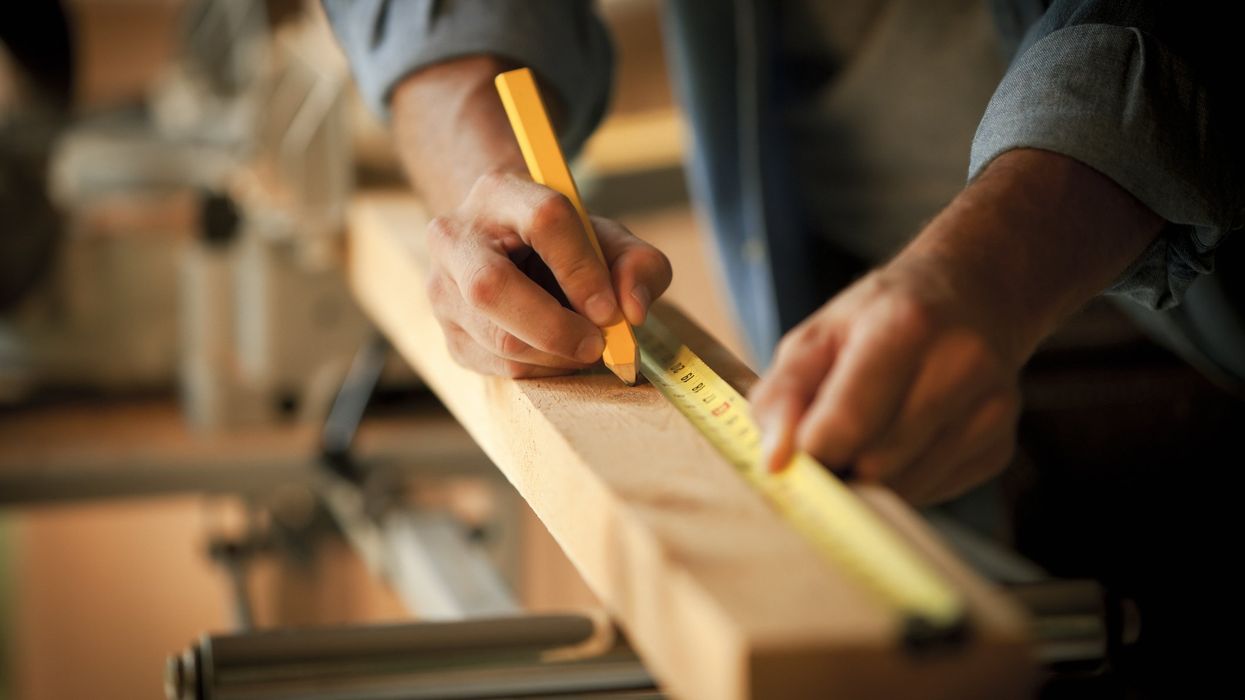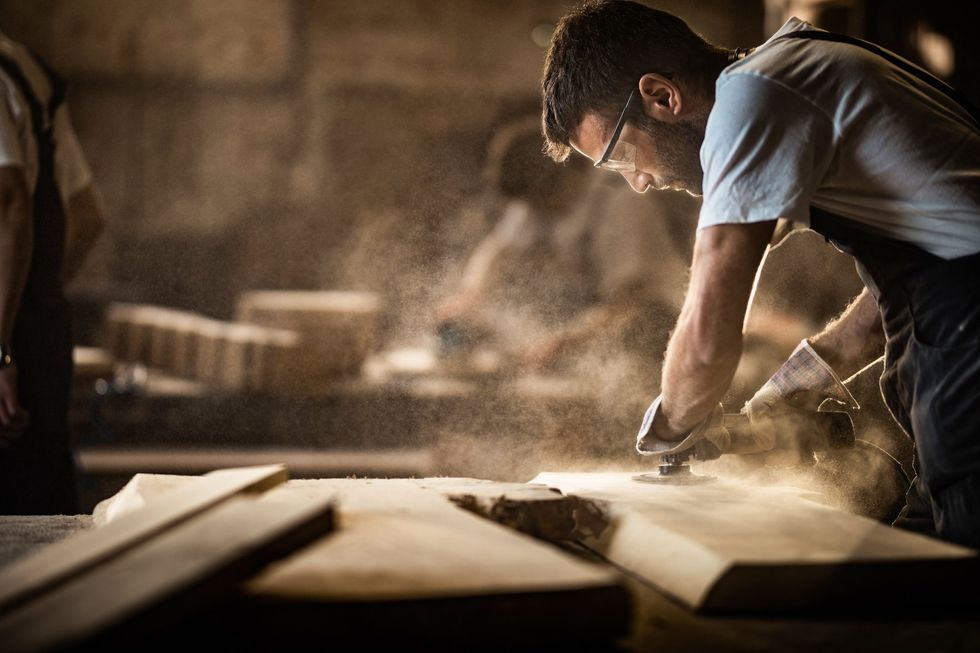
stevecoleimages/Getty

Craft production has never escaped its pretentiously niche reputation. Obtaining a product like this is usually only accessible to wealthier consumers. To be able to produce artisan craft products for a living, at least at this moment in history, is often seen as even more remote, only the province of hobbyists who can afford "not to work." What happened? For most of human history, small-scale craft production was ubiquitous, an informal and mundane fabric woven intimately through everyday life.
More than the skill, craft production forces a kind of interdependence. One does not best learn the skill of woodworking, for example, completely alone.
American history is littered with examples of craft culture as an antidote to our modern remoteness and passivity. Working with glass, wood, clay, textiles, and metal and transforming those materials into furniture, clothing, or ceramics is a process of creating culture. Relating to raw materials and molding them takes skills that are largely missing in our developed world. It takes stamina and creativity. Being proficient at producing an artisanal craft requires mental patience and a flow state as you work on a material and gain competence; something of your consciousness changes, a kind of unbelievable transformation in your ability to make something with your own two hands.
More than the skill, craft production forces a kind of interdependence. One does not best learn the skill of woodworking, for example, completely alone. How man shapes wood is part of a tradition, and often, these traditions are specific to a place, an ecology. Take the example of British hedge laying. A billhook is a specific tool to cut saplings and lay them over into a hedge. Across the U.K., the design of the billhook was made to accommodate the local ecology: The most common trees for hedge laying in the North would be different from those in the South, and the tool accommodates the needs of the hedge layer. A co-creation of man and material and the land yielded traditions passed through the community.
This is not a dynamic that disappears as we "progress." It disappears from disuse – and with it, the richness of shared life that supports our formation in the world. The things we create are the substrate out of which our culture grows. We've lost a deep understanding of that simple fact while the things designed for us to consume are mined, molded, and manufactured around the globe far away from our awareness. The pushing away of the responsibility to create has done something to us. A culture whose identity is based on the consumption of other people's creations, far away or of machines, is lacking in a drive toward life, toward vitality.
To fill this emptiness, we think we can pump in mere ideas. As if the chasm of culture is just one you can think your way out of! Has there ever been a time in history where people actively, consciously tried to impose a culture on themselves? Can you imagine, amidst the crumbling Roman empire, people reflecting, "Well, if we can only usher in a shift in consciousness, then Rome can be saved!" A truly modern brain worm believes we can think our way out of the emptiness caused by a lack of creative production.

The major cultural shifts of history were a kind of dance with the material world. As the physical changes significantly, so does our relationship with the world and our understanding of it. At this moment, we are at such a turning point.
And so we have two major choices: Choice one is to be conscripted into the conspiracy of forces that increasingly outsource the creative, productive work of life to slave laborers around the world and to machines. At the same time, the fragile, just-in-time supply chains that keep that system afloat are crumbling. Choice two is to recapture the act of creation – in ways big and small – as both a mitigation against the risks wrought by the other system and a way to re-create a culture that arises from the vitality of creative, material production.
If we want to foment a shift in culture toward the healthy, a connection to ecology and place, and more interdependence, the foundational place to begin is with the personal act of production. Even a simple task like baking bread from a homemade sourdough starter can open up one's own view of what's possible, let alone the kind of model you provide for children in a household where simple acts of personal production are the norm.
Instead of escaping into the false paradise of ideas, imagine an immersion in a world where little informal craft experiments punctuate our days. Where we look into the well of tradition for advice and guidance, and, on the other side, we hold in our hands a warm bun that bears the same taste as the bun our grandmother ate when she was a girl. Craft a table out of wood, peering back into the traditional styles of one's ancestors but adding your own creative and practical flair. A table: belonging to a time and a place but connecting back through times and places in deep history. All of our lives can be imbued with such magic, such meaning.
What culture arises from this? What happens to a generation that learns these skills of production by osmosis? To children who viscerally feel the actuality of belonging to a tradition and a connection to people and places past simply by propelling a needle through a piece of cloth? What happens to a landscape where a place produces beautiful things handmade by the people of that place? New England cider. Prairie-style tables. California pottery. New York stained glass. A renaissance of textile designs, typefaces, and quilt patterns. The pattern described here is the pattern of the revival itself. A culture grows from the substrate of these things we meaningfully produce with care in the community of a place.
- YouTube youtu.be